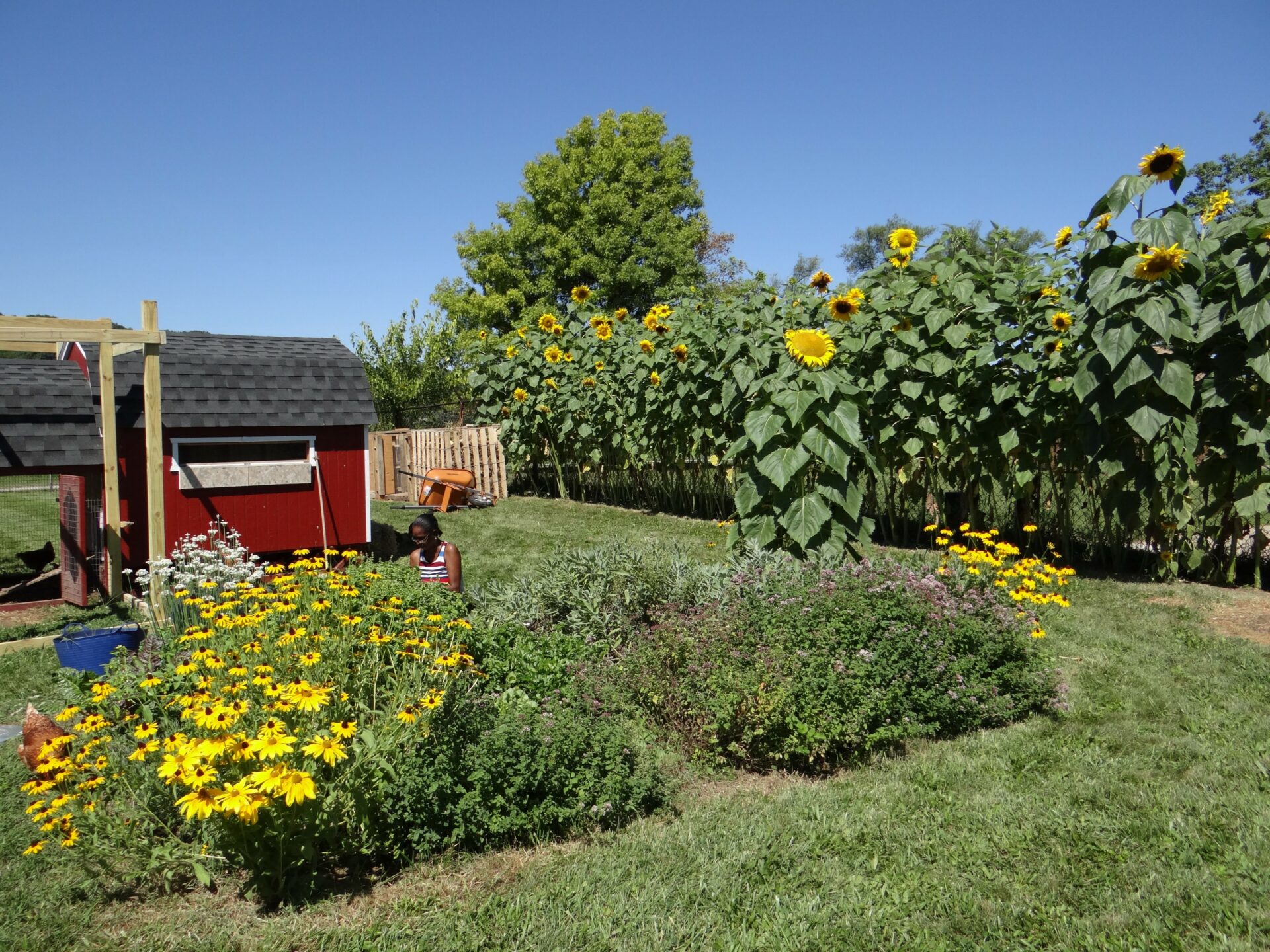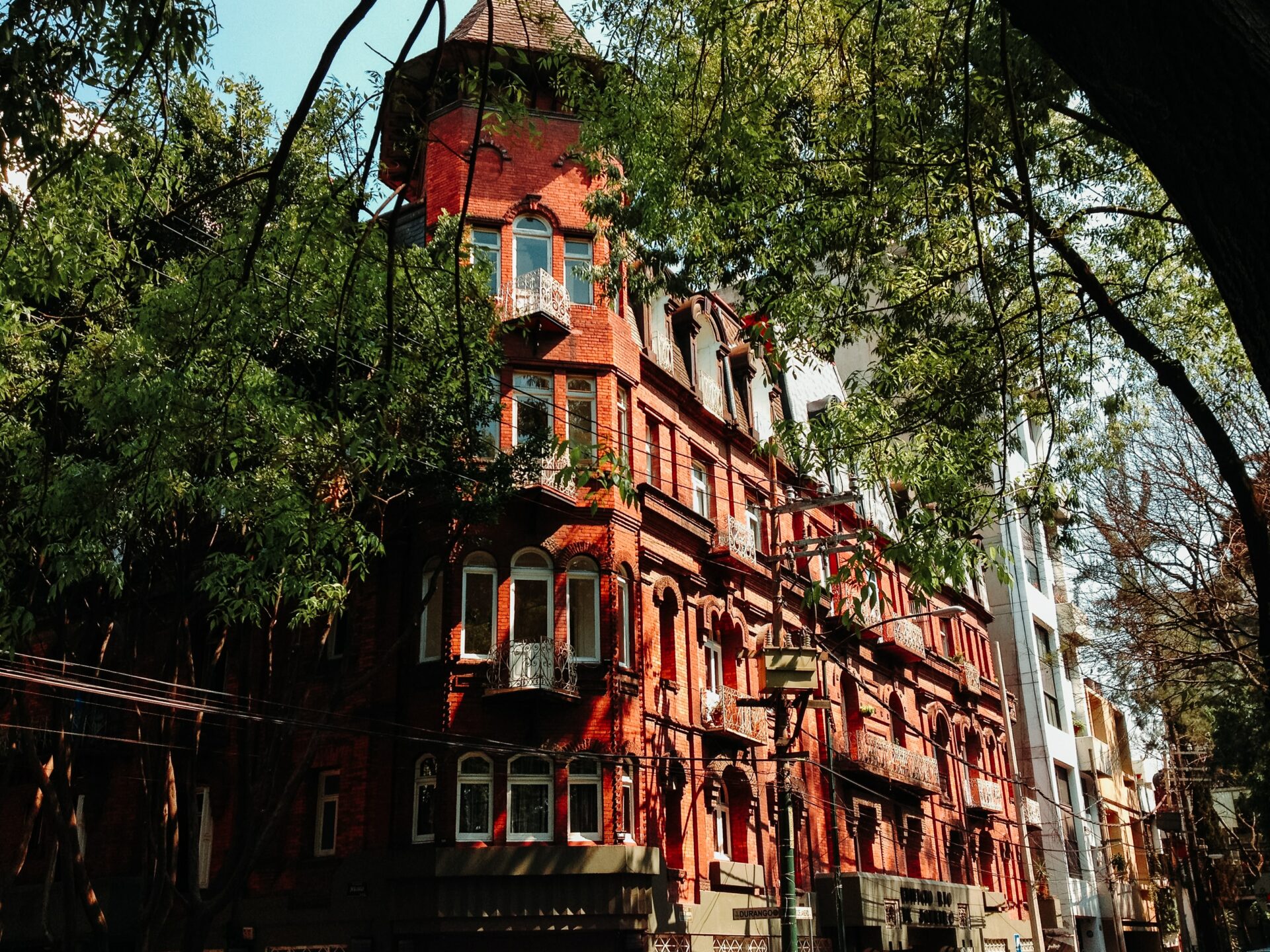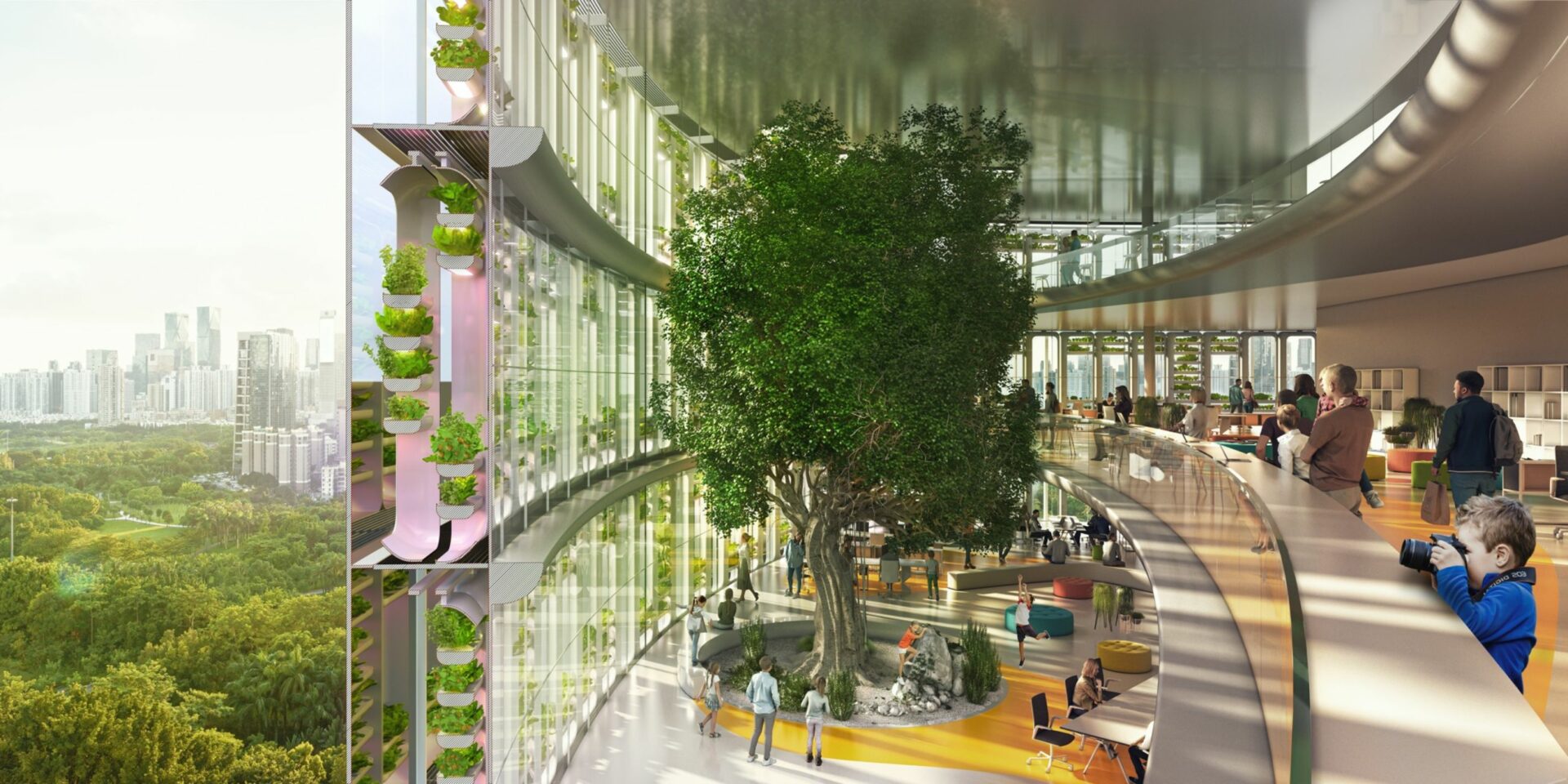Reducing the social and environmental impacts of food waste
Food waste is a problem a growing number of consumers are aware of, but it’s not only about waste at home, but there are also multiple steps in the food chain and waste occurs at every one of them. This piece at Shareable looks at three challenges of the food chain and three apps addressing some aspects of it.





